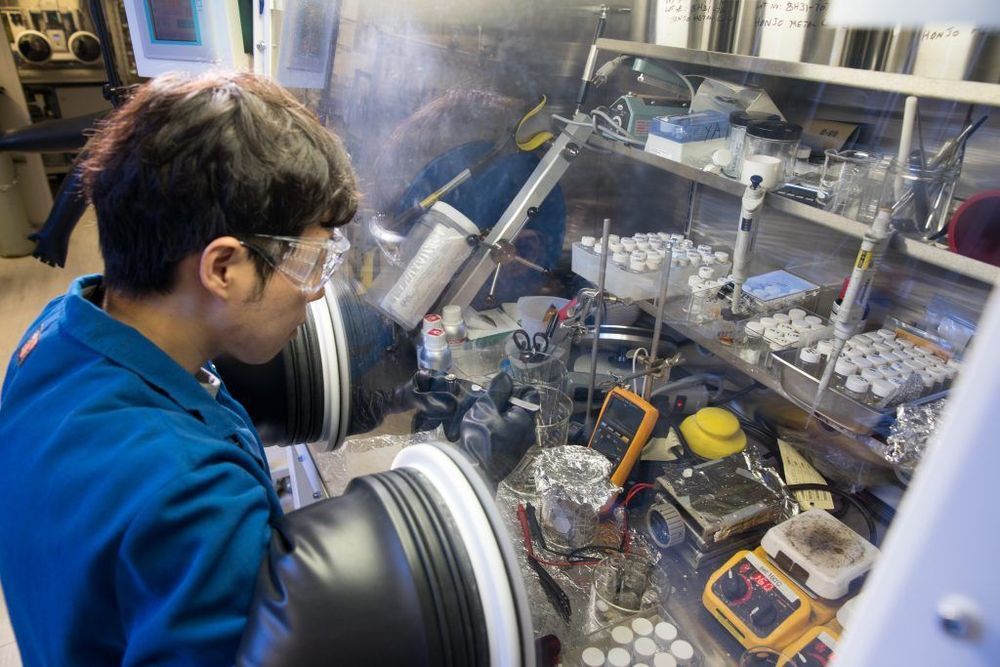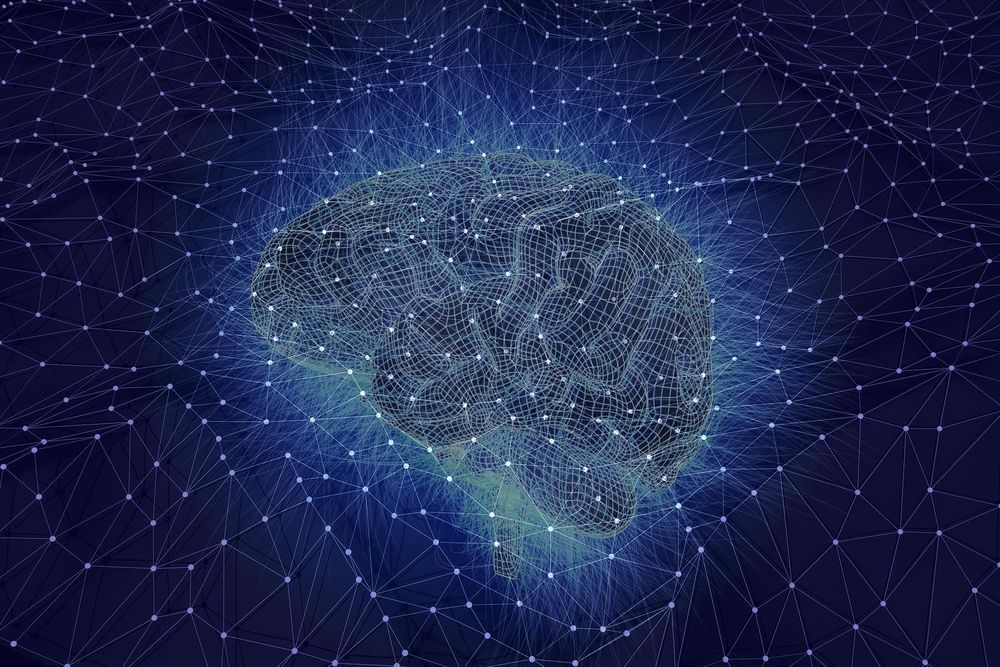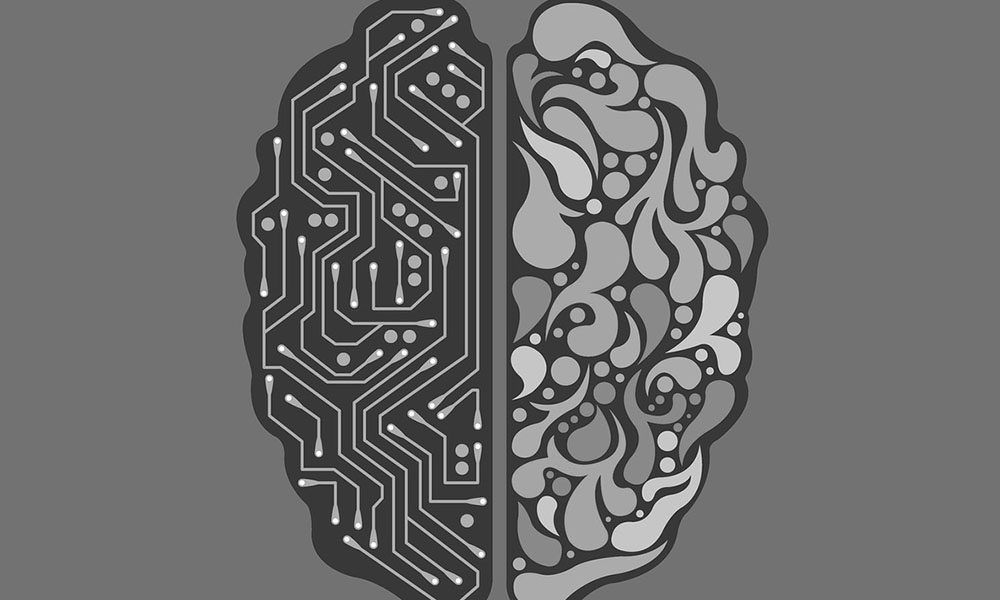Dec 25, 2019
In leap for quantum computing, silicon quantum bits establish a long-distance relationship
Posted by Saúl Morales Rodriguéz in categories: computing, quantum physics
Imagine a world where people could only talk to their next-door neighbor, and messages must be passed house to house to reach far destinations.
Until now, this has been the situation for the bits of hardware that make up a silicon quantum computer, a type of quantum computer with the potential to be cheaper and more versatile than today’s versions.
Now a team based at Princeton University has overcome this limitation and demonstrated that two quantum-computing components, known as silicon “spin” qubits, can interact even when spaced relatively far apart on a computer chip. The study was published in the journal Nature.

















